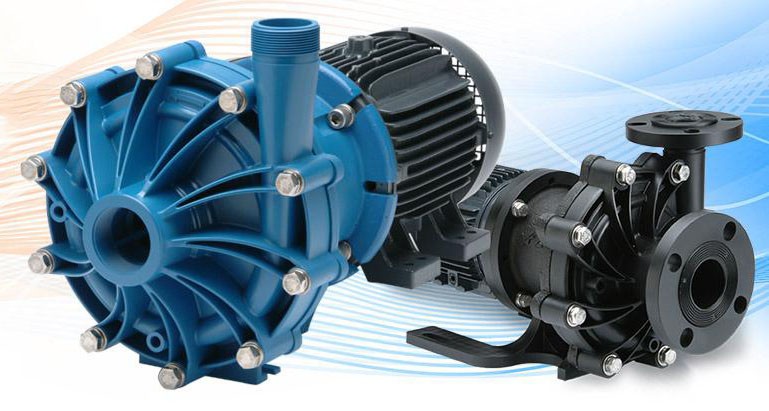There are many different types of industrial wastewater pumps available on the market today to meet any need. One type of industrial wastewater pump is the gravity pumps which are used in sewage treatment plants. This type of pump can move treated wastewater through a large number of pipes, each of which is designed for a specific purpose. The gravity pumps work with a number of water pressure levels and flow rates.
The gravity industrial wastewater pumps work with both gravity and pumping forces to move treated wastewater through a large number of pipes. Some wastewater pumps are gravity-pump driven while others are pumping driven. Pushing or directing wastewater into an active pump collection tank is one of the functions of a gravity pump. Once the wastewater pump pushes the wastewater through the pipes, separation occurs as solid particles and gases collect along the inner walls of the pipes.
In gravity industrial wastewater pumps, solid particles collect along the inner walls of the pipes as the water pushes through the pipes. These solid particles can become wedged and clog some of the pipes. In addition to clogging, some solid particles can become so large that they cause damage to some parts of the pipes. As these solid particles accumulate in certain areas, they create suction that can damage pipes. Suction is often one of the causes of blocked drains in some residential systems.
There are also wet well pumps available for industrial wastewater treatment pumps that work by using a wet well mechanism to force wastewater through a wet well. A wet well pump works by pushing the wastewater through a wet well which is designed to hold a large volume of water. The pump opens a wet well trap, which contains a gate. When the gate is open, this squeezes the inside of the trap, forcing gallons of wastewater into the pump’s storage area.
There are two different types of this type of pump. One method uses electric motors to boost the pumping action. The other type uses an impeller that creates a wind-driven motion that drives the rags through the pump. Both types of rags pump have the same basic design: the pump inserts a flexible piece of plastic or metal into an opening in the pumping system and forces wastewater through it.
Some wastewater-pumping systems use a primary pumping unit that collects only waste water from the main water supply. The remainder of the system is composed of impeller units that spin during the pumping process. The solids that are pumped into the secondary pumping container remain in suspended animation as the impeller moves them through the shaft. As the water passes through the primary pump housing, the impeller turns on and the solids exit the housing and into the discharge tubing.
These primary and secondary stages take approximately 40% less energy than their counterpart, gravity-fed hydraulic-pump systems. These systems use one or more progressive cavity pumps. Progressive cavity pumps operate on the following principle: the user pushes a downward-threaded plunger up or down into the primary pump housing, which pushes back and pushes up against a second plate that contains a stack of stacked balls. As the stack of balls move up and down, they force the water through the system.
The wear plate in a progressive cavity pump acts as a strainer that traps solid particles and other unwanted elements of the wastewater. As the water passes through the impellers, the solid particles are dislodged by the high velocity of the water and carried away into the discharge tubing. Industrial wastewater treatment programs typically include a set of three or four intake tubes and one or two discharge tubes to accommodate the fluid’s travels throughout the plant.
